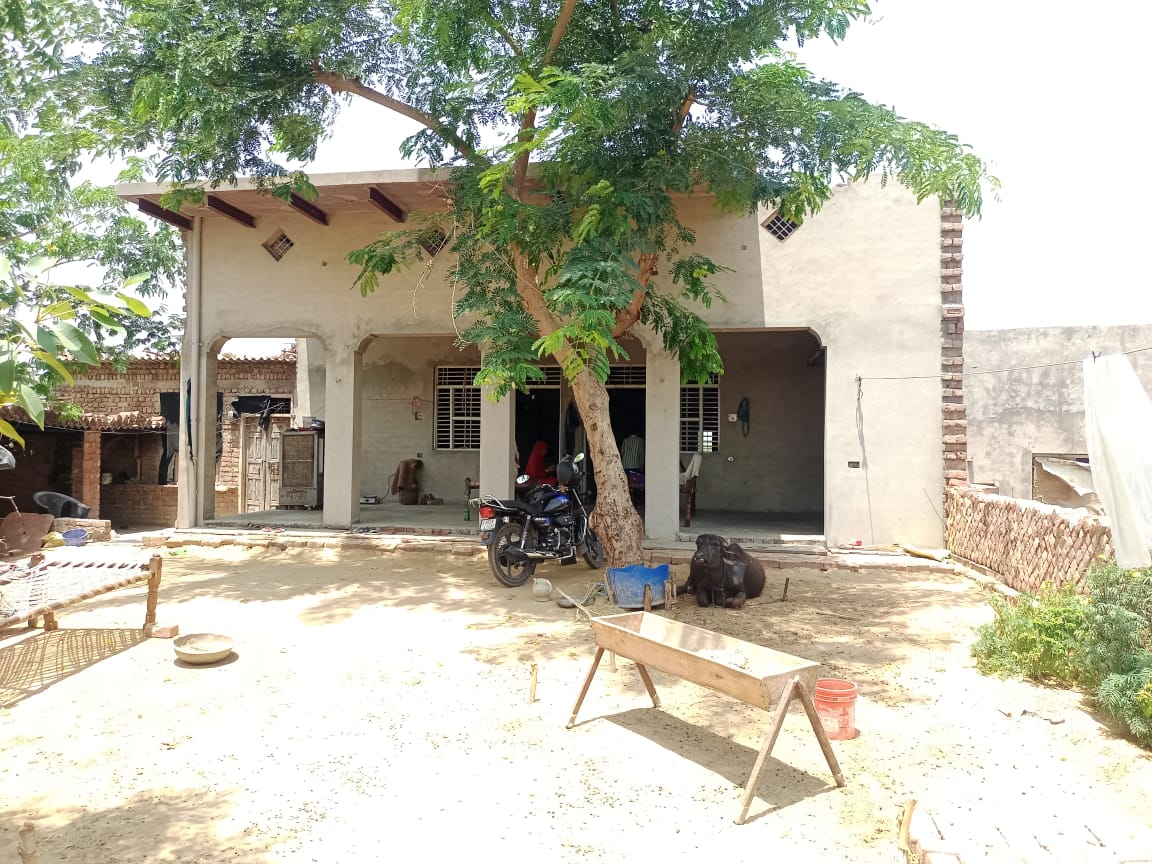Economic development and ecology must go hand in hand
By NGOBOX
July 28, 2021

Today is World Nature Conservation Day, our annual reminder that we share the planet with millions of species of flora and fauna that we must respect and make every effort to preserve.
A combination of factors such as overpopulation, greed, and negligence has led us to destroy earth's natural balance. Loss of biodiversity has led to the emergence of zoonotic diseases among humans.
This year like in the last, the World Nature Conservation Day comes as we battle the spread of the novel coronavirus. The fact that the entire world is paying the price for decreasing biodiversity serves as a stark reminder of our responsibility to conserve the planet and its resources - air, water, minerals, plants, soil, and wildlife.
India is taking several initiatives to prevent the spread of zoonotic diseases. Prominent among these is the Department of Animal Husbandry & Dairying, Government of India’s effort to establish the One Health approach to leverage human capital and physical capital to prevent future pandemics. The One Health concept recognizes that animal health, human health and the environment are inter-connected and inter-dependent. While numerous steps have been taken to promote the concept of One Health across nations, and in India, we must recognize the urgency to implement this concept now, more than ever, as we fight the pandemic. The pandemic has hindered progress across all development indicators. Implementing the One Health approach shall help in early detection, prevention, and control of public health emergencies (like Covid-19) and mitigation of endemic zoonotic infections.
The truth is that mankind has industrialized rapidly over the past two centuries, at the cost of the environment. We all reap the benefits of this industrialization – the mass production of goods made affordable by economies of scale. But this industrialization has come at heavy cost to the planet. And despite the strong urge to reform manufacturing to be less harmful to the environment, we have a long way to go. Technological advancement has answers and will be our best bet to become increasingly eco-friendly. When we innovate for creating pro-planet solutions, we are looking in the right place. The fourth industrial revolution that uses tools like artificial intelligence, predictive modelling, and additive manufacturing holds promise.
But environment data continues to paint a grim picture. As per the United Nations' Food and Agriculture Organization, between 2015 and 2020, the rate of deforestation was estimated at 10 million hectares per year, down from 16 million hectares per year in the 1990s. The area of primary forest worldwide has decreased by over 80 million hectares since 1990. Agricultural expansion continues to be the main driver of deforestation and forest degradation and the associated loss of forest biodiversity. Large-scale commercial agriculture, primarily cattle ranching and cultivation of soya bean and oil palm, accounted for a whopping 40% of tropical deforestation between the years 2000 and 2010, and local subsistence agriculture for another 33%.
The World Nature Conservation Day feeds into most of the United Nations’ sustainable development goals. The Paris accord, a legally binding treaty on climate change signed by 196 countries at COP 21 in December 2015 stresses conservation. And while the signatories have agreed to stringent energy intensity reduction targets, there is a lot of tangible progress that must be made.
India’s non-profit sector has taken the lead in conserving nature and protecting resources. Non-profits like Smile Foundation have been active in organizing large scale tree plantation drives, roping in large corporate stakeholders, children, and celebrities to help tree plantation gather momentum in the country.
It is a matter of satisfaction that India’s area under forest cover is increasing. India plans to increase its forest and tree cover to 33% of its land area to create giant carbon sinks. The Forest Survey of India (FSI) conducted in 2019 estimates a total of 807,276 square kilometers of forest and tree cover, which makes up 24.56% of the land area. The 2019 forest area represents an increase of 78,852 (2.4%) square kilometers over the past two decades, with the 1997 Forest Survey of India (FSI) reporting 633,397 square kilometers (19.27%). Area-wise, Madhya Pradesh has the largest forest cover in the country. The Government of Madhya Pradesh is committed to increase the area under forest cover in the state. Madhya Pradesh is often called the Tiger State of India as it harbors 19% of India's tiger population and 10% of the world's tiger population.
Madhya Pradesh is followed by Arunachal Pradesh, Chhattisgarh, Odisha and Maharashtra. In terms of forest cover as percentage of total geographical area, the top five States are Mizoram (85.41%), Arunachal Pradesh (79.63%), Meghalaya (76.33%), Manipur (75.46%) and Nagaland (75.31%).
Despite encouraging data suggesting increasing forest cover, India needs to work harder to balance economic development with environment consciousness. We have around 18% of the world's population and 15% of the world's livestock spread over just 2% of the world's land area. Over the next few decades, sustainable development will be one of the biggest challenges facing our country, and indeed the world.
© Renalysis Consultants Pvt Ltd








